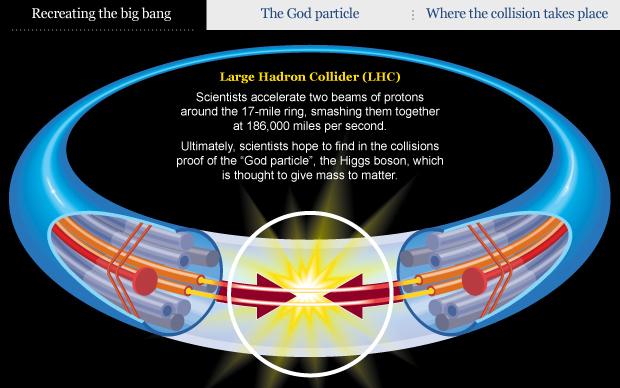7667766266
enquiry@shankarias.in
What is the issue?
Why to study particles?

How are such tiny particles studied?
What is CERN's proposal?
Why an upgrade?
How will it help?
How will it be upgraded?
Source: Indian Express